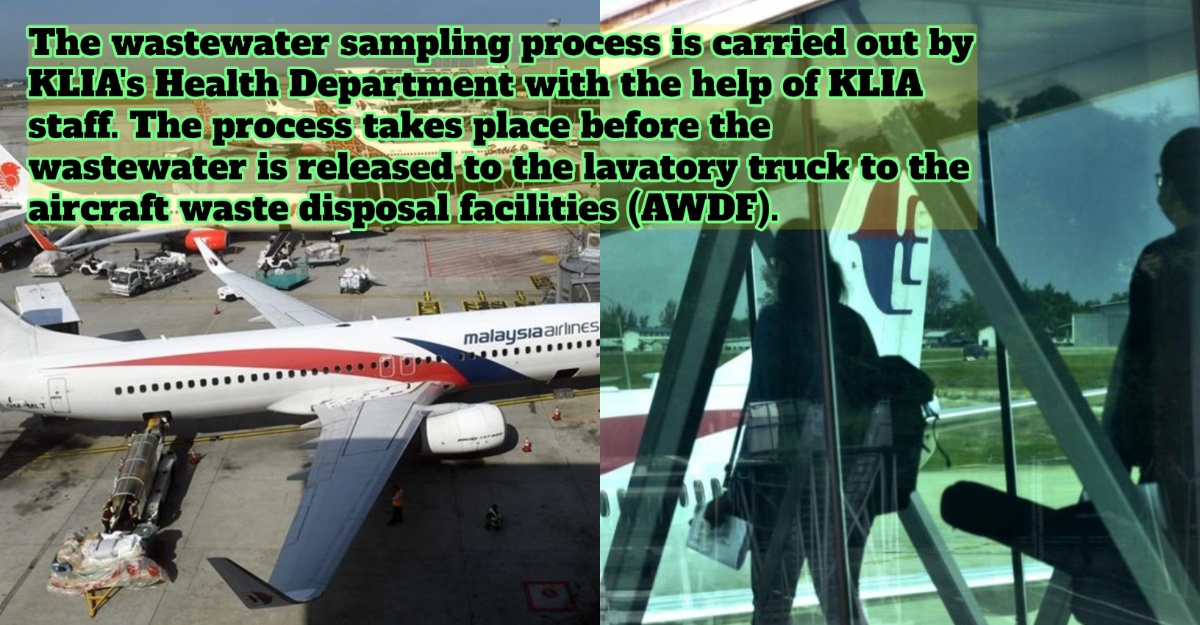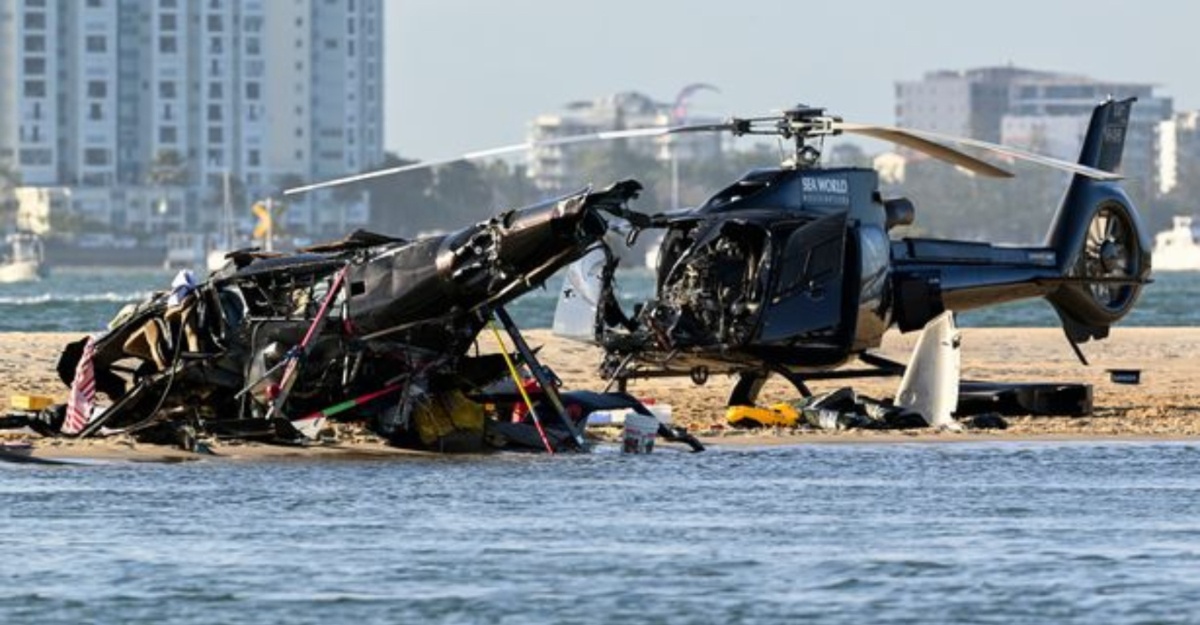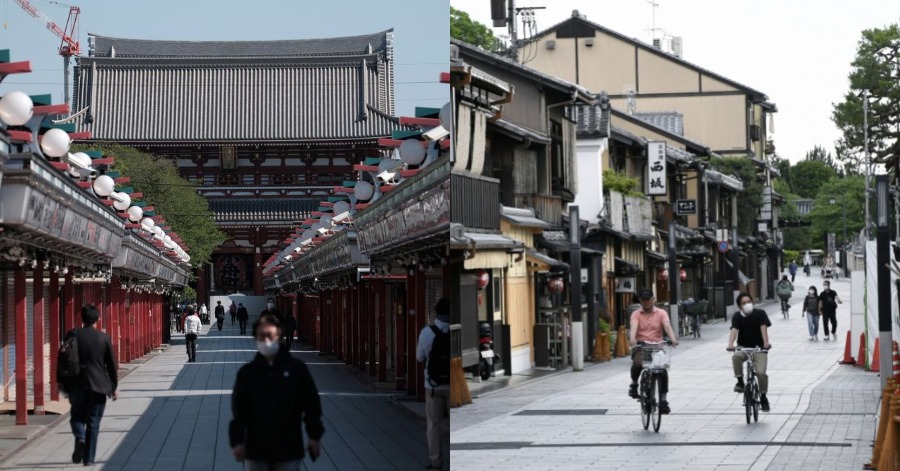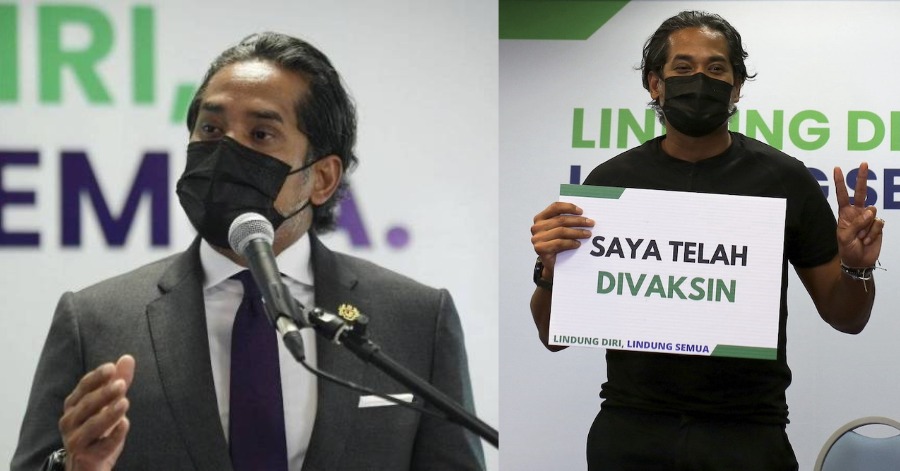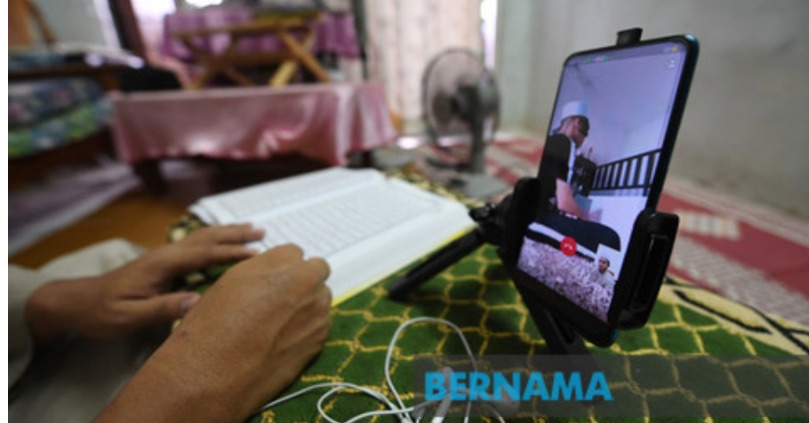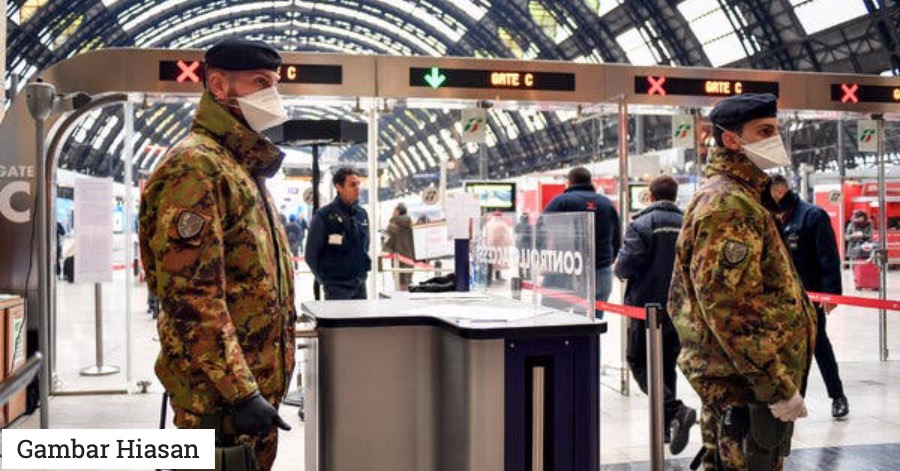Here’s what you need to know about MOH’s Aeroplane Wastewater Surveillance Process. Not only Malaysians but many citizens worldwide voiced their concerns after China lifted their travelling ban starting this month. Many countries around the world are expecting the arrival of Chinese tourists soon. However, not all of them welcome this news with open arms.
Despite being a positive contributor to a country’s tourism and economy, many are worried about the possible variant it can cause as the surge of visitors will be many.
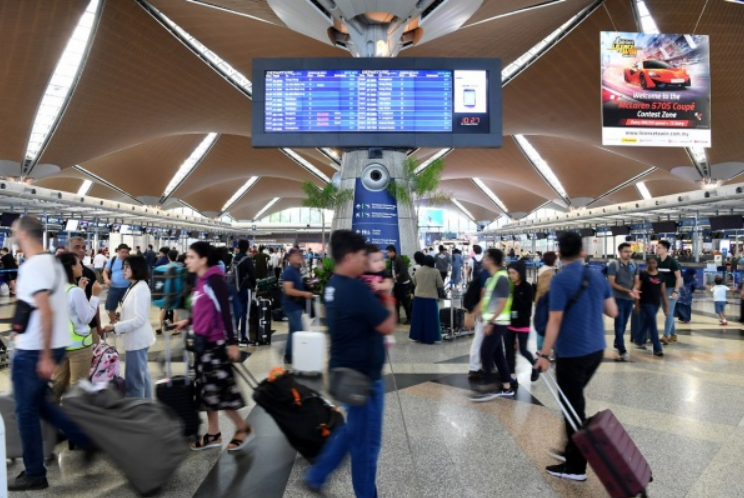
Therefore, what is the Ministry of Health’s initiative to keep the current status of the country’s health at bay? Will Malaysians be affected if the borders are opened to excited visitors?
MOH explains the purpose of the Aeroplane Wastewater Surveillance Process
In their Facebook and Twitter posts, MOH clarifies the purpose of the Airplane Wastewater Surveillance Process.
The process includes samples and systematical testimonies for the untreated wastewater and sludge.
Residues of the RNA virus SARS-CoV-2 are in the waste of an infected individual regardless of their state of health (contagious, asymptomatic, pre-contagious, healed). The virus can be detected in wastewater.
The wastewater sampling process is carried out by KLIA’s Health Department with the help of KLIA staff. The process takes place before the wastewater is released to the lavatory truck to the aircraft waste disposal facilities (AWDF). Then, these samples will be given to the National Public Health Laboratory for surveillance.
Additionally, the aeroplane wastewater sampling will be conducted two times a week.
Proses survelen air kumbahan dari pesawat melibatkan persampelan dan pengujian sistematik bagi air sisa yang tidak dirawat dan enap cemar pembetung.
Dikongsikan proses survelan air kumbahan tersebut. pic.twitter.com/46p0nnlnv4
— KKMalaysia🇲🇾🩺❤️ (@KKMPutrajaya) January 3, 2023
What will they do?
- 1 litre of the wastewater sample is taken from the chosen aeroplanes. Then, it will be sent to the National Public Health Laboratory.
- The virus concentration process will follow the RNA SARS-CoV-2 virus extraction in the lab.
- Amplification and detection of the virus will happen using Realtime RT-PCR. There is a special kit used to sample the wastewater.
- A positive sample with a CT value of ≤30 will undergo full genome sequencing. It will detect the variant, dub lineage, and mutation of the virus.
- Lastly, the Epidemiology Officer will receive the test results. They will analyse and gather wanted data. This helps them observe the trend. By doing this, they can surveil the virus continuously. Additionally, it’s also helpful for the intervention process.
The Aeroplane Wastewater Surveillance Process is one of MOH’s efforts to control, prevent and ensure the public’s health condition is at its best.
We hope this prevention step can help reduce and avoid a surge of new cases in Malaysia.
Sources: Facebook Kementerian Kesihatan Malaysia, Twitter Kementerian Kesihatan Malaysia

